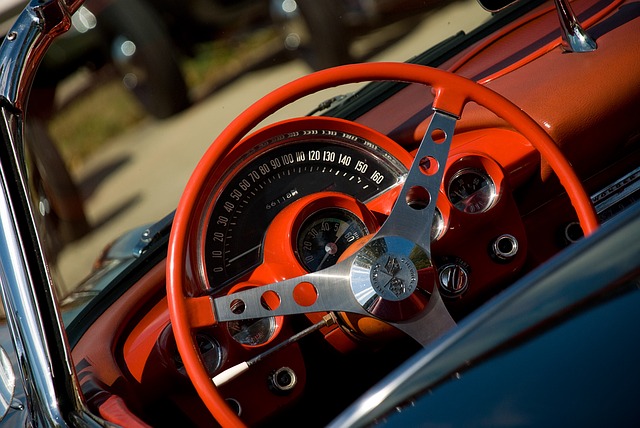
All springs, whether they are a coil, torsion, or leaf spring need to be able to compensate for any road surface irregularities, support any additional weight without an excessive amount of sagging, and maintain the predetermined car suspension system.
The wire diameter and the coil windings geometry dictate a spring’s damping performance.
Those functions are all very important in providing a modern vehicle with load-bearing capability, precise handling, and comfort, which are three key areas customers are concerned about.
From a historical standpoint, the steel multi-leaf spring is among the most widely used and oldest spring designs for suspension systems. The leaf spring has many advantages. It attaches directly to the chassis in addition to acting as a spring.
One “mono-leaf” spring is used in some applications. Although leaf spring springs tend to be used in truck applications that have truck applications, it is also possible to combine an independently suspended rear axle and a traverse leaf spring to form a rear suspension system that is lightweight and can be used for performance road vehicles.
It is also possible to tune the leaf spring to different ride control and load-bearing requirements by changing the lengths, thicknesses, widths, and numbers of spring leaves that are used.
A leaf spring also has a tendency to act as a rebound dampener for itself due to the friction caused by the leaves rubbing against one another. In certain cases, you can replace a conventional steel spring and use a plastic unit instead to significantly reduce the amount of unsprung weight and to resist corrosion from elements such as road salt.
Torsion Springs
For many years, vehicles with SLA (short-long-arm) suspension systems have used torsion bar suspensions. As implied by the name, the torsion bar is just a round bar that is about four feet long and is designed to twist when its weight gets applied to a suspension system. Since a torsion bar is usually preloaded by a counterclockwise or clockwise twist built into the design, a torsion bar only fits the side of the vehicle that it was designed for.
Torsion bar suspension systems have a number of advantages including being lightweight and compact. Since the torsion bar’s tension, is controlled by threaded screw adjustment, you can use torsion bars to fine-tune the height of the suspension. Torsion bars can also be attached to either the lower or upper control arms, which increases the design’s versatility.
Coil Spring
It is easier to understand a coil spring’s function when it is visualized as a thin, long torsion bar that is wound into the shape of a coil. Since the coiled wire twists throughout the compression/extension cycles of the spring, the coil spring works using the same principle that a torsion bar uses.
Since only a fairly small space is occupied by a coil spring, they can be used in various suspension designs which include independently sprung rear axles, solid-axle with a trailing arm, MacPherson strut, or SLA suspension systems where a coil-over or spring shock absorber configuration is used.
You should always replace springs in pairs. If you do not do this it can result in difficult alignments and poor handling. The coil spring is used by most modern imports in MachPheron strut design variations. Generally speaking, the number of coils, overall diameter, length, and wire gauge determines the coil spring’s characteristics.
A coil spring, in some cases, can be designed in the form of a variable rate spring to increase its load-bearing capabilities is being compressed. Quite often variable-rate coil springs are used with chassis configurations that carry heady loads occasionally.
The Way Springs Work
A vehicle’s ride is cushioned by springs based on the sprung-to-unsprung weigh ratio principle. A farm wagon without any spring has 100% unsprung weight. If the springs are installed between the axles and chassis in this example, the sprung-to-unsprung ratio maybe 90% which represents the chassis weight, and 10% which represents the wheel and axle weight.